Three things a person should avoid once they are past 70 years old. P.S. I’m on the list
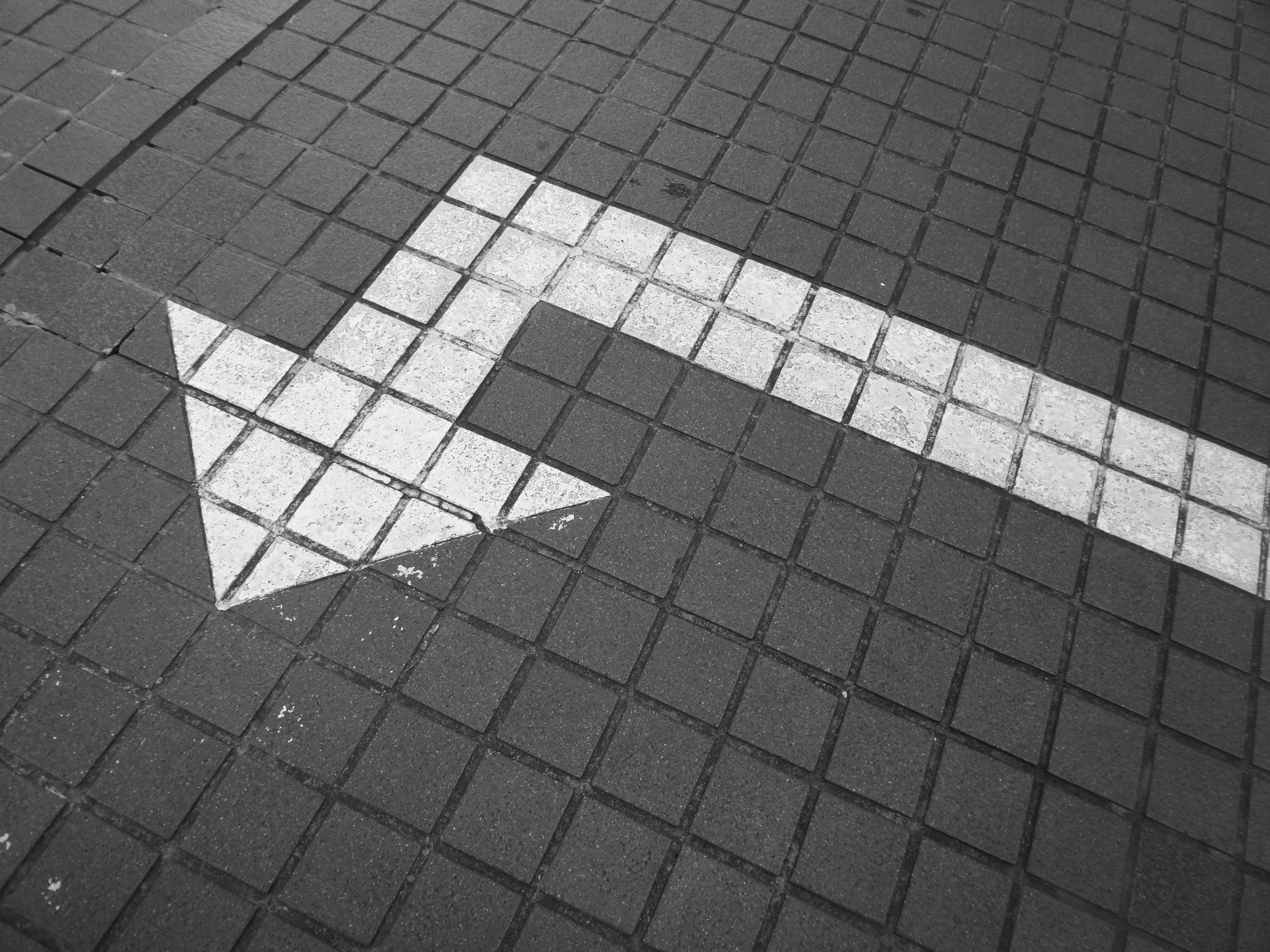
I’m being a bit lazy this week.
Actually, that’s not true. I just seem to hit a wall on coming up with something that I felt you fine folks would pay even a hint of attention to.
So, I’m cheating and republishing a post that I put out on Quora.com a few weeks ago. It has become my 3rd most popular post and 10% of the 1,300,000 views my Quora posts have garnered since I started posting daily in December 2019.
It’s a response to the question: “What three things should a person avoid once they are past 70 years old?
At 78 (this month), I guess I can bring a little credibility.
From my experience, here are three things to avoid:
1.Most other 70-year olds. That sounds cruel – and it may blow a big hole in my circle of friends, many of whom are 70+ and who I do love and cherish. I suspect I may have some explaining and repair work to do. But here’s my rationale.
Many, if not most, 70-year-olds are innocently in the “decay mode”, attitudinally and biologically, with resignation to the myths of automatic senescence and accelerating physical decline. Dinner conversations rarely progress beyond the latest knee replacement or shoulder surgery, concerns about memory lapses, or a friend with this or that malady.
I’ve started calling them “organ recitals.”
“Getting old isn’t for sissies” and “aging is a bitch” are common cliches.
Rarely does the conversation swing to how to continue to honor one’s birthright of good health and counter the accelerating decline with good practices that should have been a part of life all along. There is little appreciation for “it’s never too late to start, but always too early to quit.”
As an outspoken advocate for living to 100 or beyond (I’ve set my target at 112 1/2), I’ve learned not to bring it up at gatherings of my 70-something friends as I’ve endured enough derision to know not to put my hand on that hot stove again. The repulsion is deep and wide.
Famed motivational speaker, Jim Rohn said: “You rise to the average of the five people you spend the most time with.” Selfishly, as time squeezes in, I ask myself how can I grow through this relationship and is this person open to considering that life doesn’t need to be one of accelerating decline.
I love hanging with a kick-ass 70-year old who is relaunching and not landing. But there’s a lot of chaff and not a lot of that type of wheat in our demographic.

Edith Wharton once said:
“In spite of illness, in spite even of the arch-enemy, sorrow, one can remain alive long past the usual date of disintegration if one is unafraid of change, insatiable in intellectual curiosity, interested in big things, and happy in small ways.”
Maybe it’s just my circle, but I don’t find many that peer into elderhood with excitement or have that “unafraid of change, insatiable curiosity, big thinking” attitude. I’m more inclined to find it existing in the youngers and suggest that, as 70-year olds, we are better served by increasing our efforts to hang with the generations behind us with two thoughts in mind: (1) to grow and learn from their creativity and energy and (2) to help guide them with our acquired wisdom and experience.
If you would like a big dose of the logic behind this and the results of this type of effort, check out Chip Conley and his book “Wisdom at Work: The Making of a Modern Elder.”
2.The retirement trap. OK, here again, I’m trespassing and entering sacred ground. But the evidence is there to support this heretic suggestion. The traditional leisure-based, “vocation to vacation” retirement that has been pounded into our heads for 5–6 decades is a Trojan-horse that has lead several generations into a lifestyle counter to our biological nature and to a pattern of “living short and dying long” in the western cultures where it exists.

Retirement doesn’t exist in nature nor did it exist anywhere on the planet 150 years ago. It’s a Euro-American concept that doesn’t exist in many countries, some of which can claim the longest-living citizens.
It is a concept constructed for political purposes and has no relevance to today’s world.
Retirement puts us on a path to accelerated biological decline because it implies “winding down” is preferable to staying in the growth mode. We are given only two choices with our bodies and brains – grow or decay. Retirement, which is derived from the French verb “retirer” which means retreat or go backward, can put us on the decay path – and does for most.
What are the fruits of traditional, leisure-based retirement? Here a few that we see that are not-life enhancing:
- Increased isolation – a major killer
- Sedentary living – despite best intentions, most retirees fail to maintain adequate exercise to sustain good health.
- Self-indulgence – we are wired to serve. Retirement says you’ve paid that price and earned the right to be a self-indulgent consumer and to abandon being a selfless producer.
- Removal of work from the lifestyle. Work is a key factor in longevity – retirement takes us in the other direction.
Fortunately, we are waking up to the fallacy and irrelevance of traditional retirement as we find ourselves in the unfamiliar territory of having a 20–40-year longevity bonus. Unretirement and semi-retirement now represent a rapidly developing trend.
3. Drifting. Because, as boomers and pre-boomers, we’ve been indoctrinated to covet the leap from labor to leisure, most of us move into that “third age” space between end-of-career and true-old age without a roadmap or plan for what that now-extended period is going to look like. We are now in new territory with 20–40 more years with limited precedents to guide us.
The result, for many, is entering an extended period of life in a drift, feeling their way through at the expense of the reservoir of energy and drive that exists in the early stages of this phase.
For example, we know that 2 of 3 retirements commence with no semblance of a non-financial plan that addresses the mental, physical, psychological, emotional, spiritual sides of life in this new territory.
Retirement can be like an iceberg, drifting and with little of the realities of retired life on the surface. It can become a purposeless, drifting, unfocused time of life that can put us on the path to accelerated deterioration.
Dan Sullivan, renowned business and entrepreneur coach and founder of Strategic Coach, says:
People die early for three reasons:
- No money
- No friends
- No purpose.
A successful, healthy third-age requires a plan, a sense of purpose, a direction. Without it, we waste the talents, skills, experience, and energy that still reside in us as 70-year olds.
That’s close to being criminal.
Thanks for indulging my lack of momentum this week. These COVID-19 walls are closing in it seems. Hope you all are being safe. Let me know your thoughts about this week’s diatribe with a comment below or an email to gary@makeagingwork.com.
If you haven’t joined our growing list of readers, you can do so at www.makeagingwork.com. Sign up for my weekly blog there and receive my free e-book “Achieve Your Full-life Potential: Five Easy Steps to Living Longer, Healthier, and With More Purpose.”





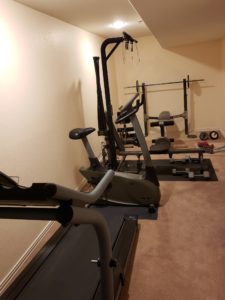
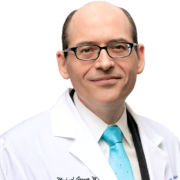
 P.S. SCREW-UP ALERT! You will be receiving last weeks’ blog again this week in addition to this one. I hit the button a couple of seconds past my pre-programmed publish time last week which pushed it out to this week. Unfortunately, with my email carrier, I can’t take it back. Sorry for the email inbox clutter.
P.S. SCREW-UP ALERT! You will be receiving last weeks’ blog again this week in addition to this one. I hit the button a couple of seconds past my pre-programmed publish time last week which pushed it out to this week. Unfortunately, with my email carrier, I can’t take it back. Sorry for the email inbox clutter. 
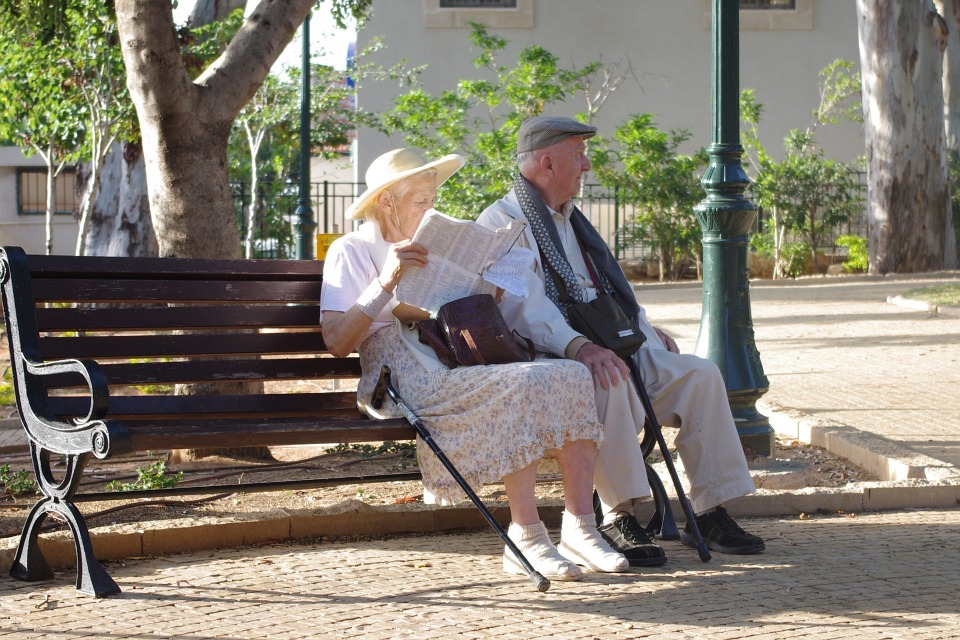


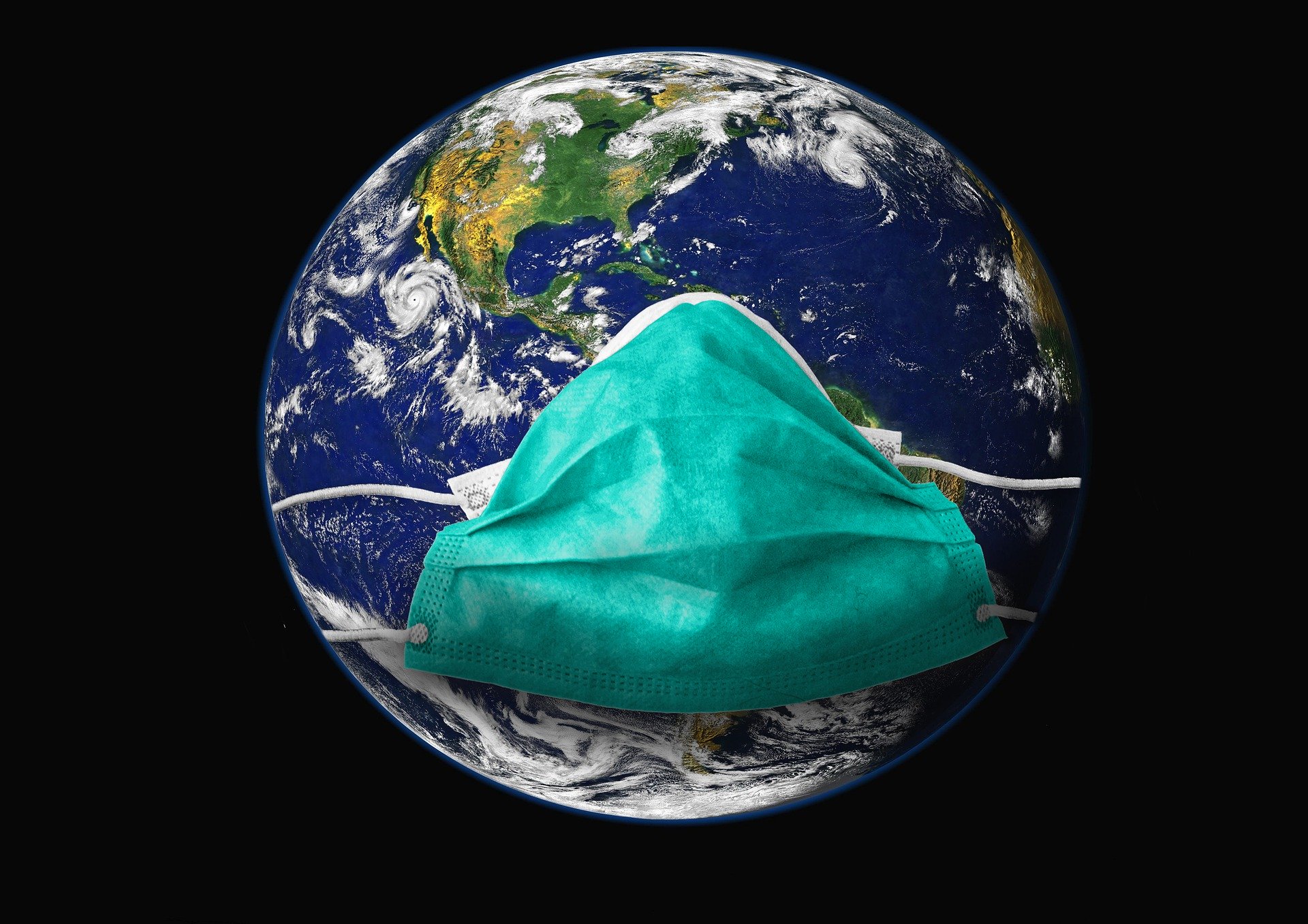
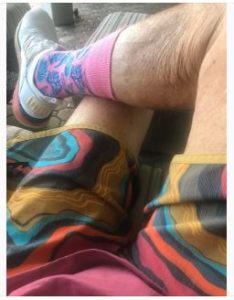

 Take a look at the math. His routine comprises 3-4% of his week. Compare that with the 20-30% of the typical week that goes to some form of screen time, like CNN/MSNBC/FOX energy-sapping covid stories we get sucked into while cortisol and cholesterol do their quiet, insidious destruction.
Take a look at the math. His routine comprises 3-4% of his week. Compare that with the 20-30% of the typical week that goes to some form of screen time, like CNN/MSNBC/FOX energy-sapping covid stories we get sucked into while cortisol and cholesterol do their quiet, insidious destruction.
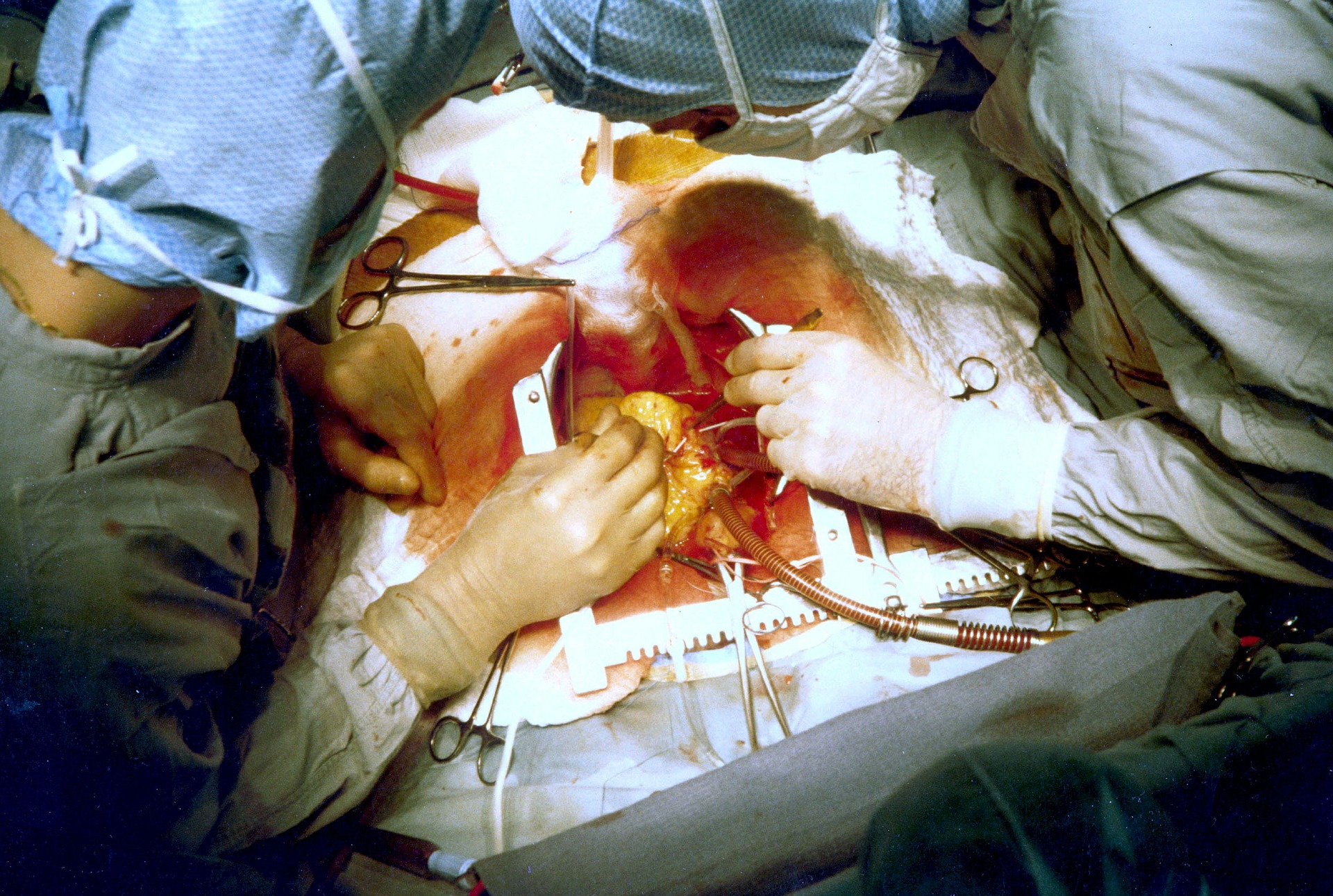
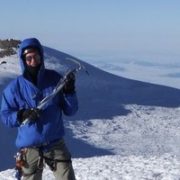


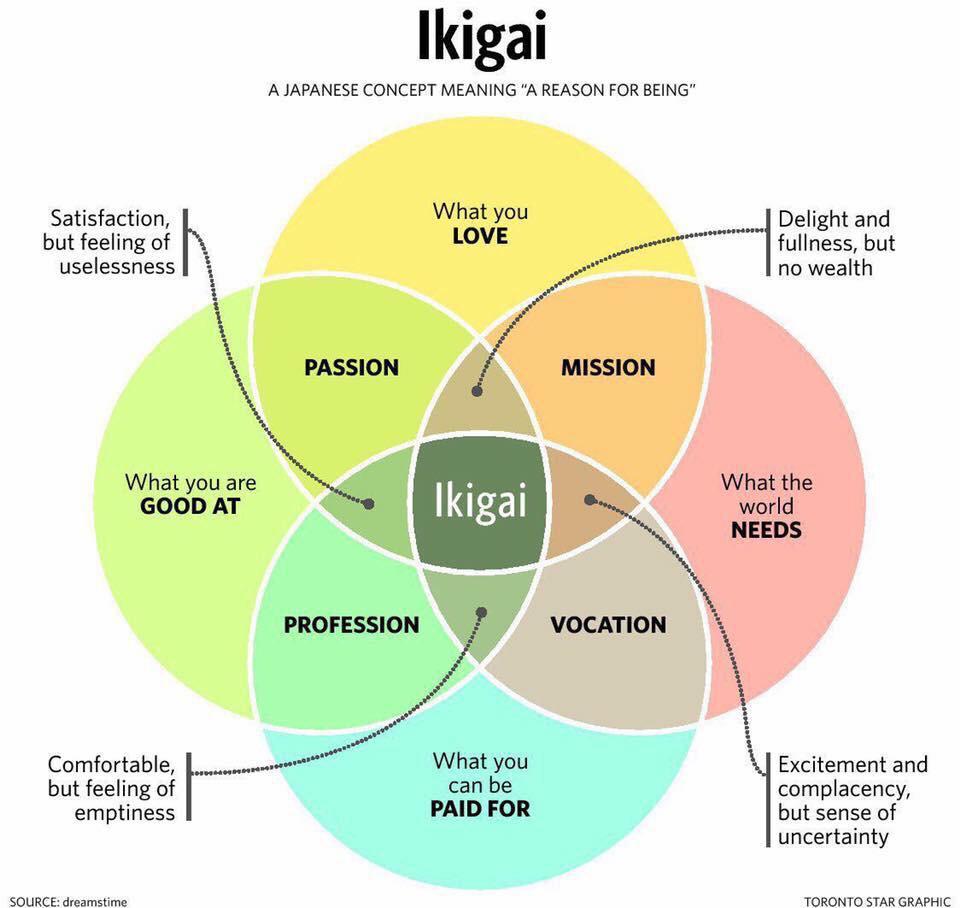




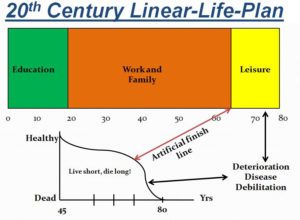


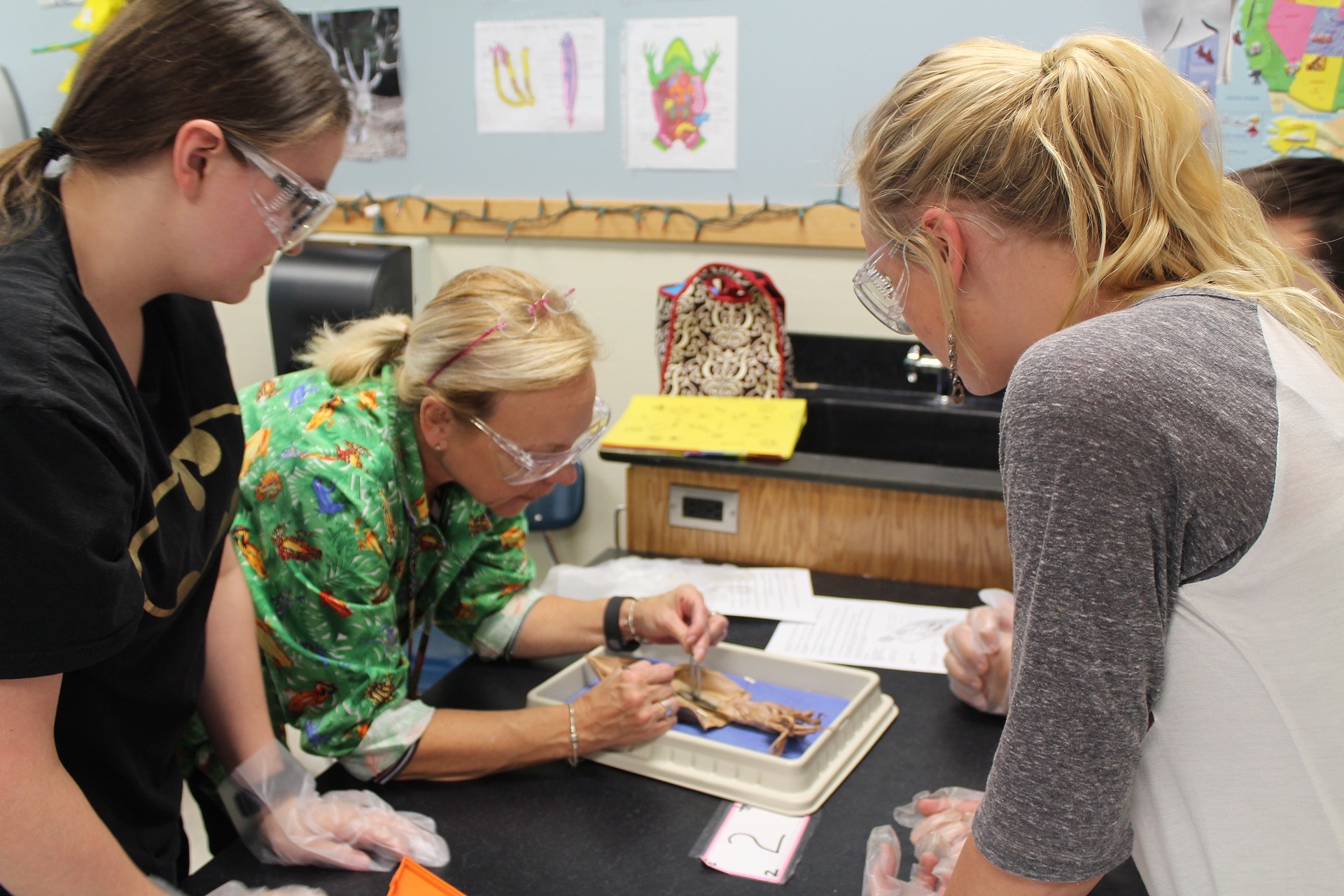
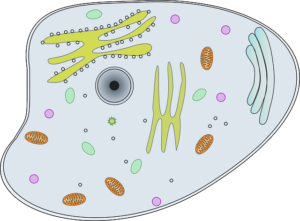


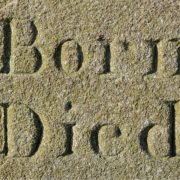
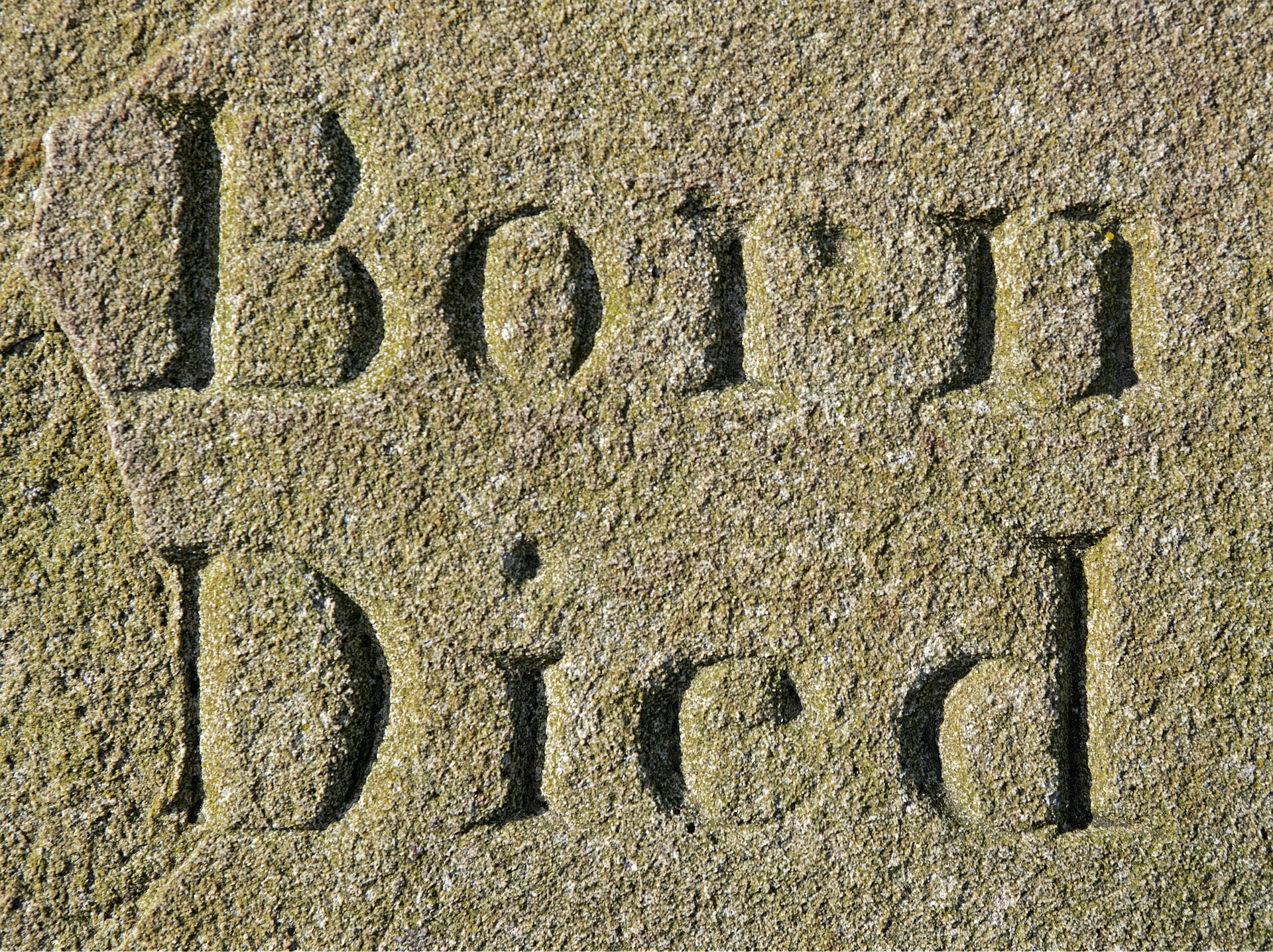

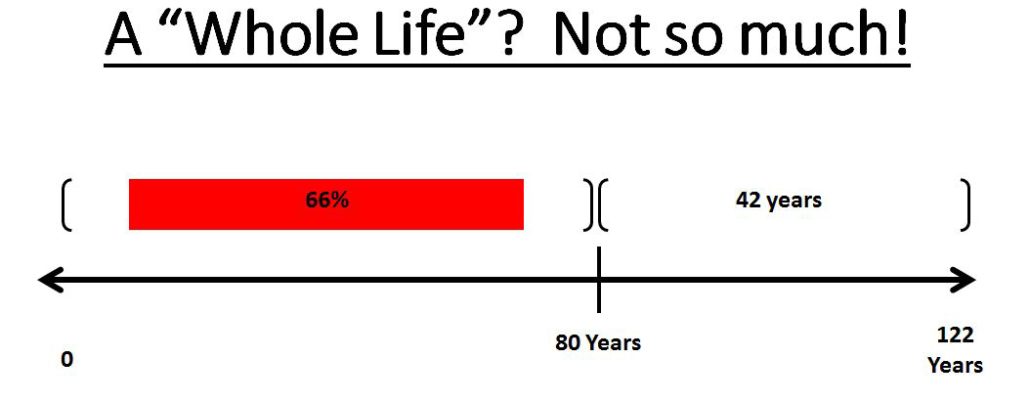


 He reminds us that the great problem of our times is “surfeit (excess abundance) and idleness” with bodies and minds that still instinctively respond to the abundance as preparation for famine as we did 300 millennia ago when we barely survived winters and hid from saber-tooths. Now, no famine is coming but our biology hasn’t caught up with change.
He reminds us that the great problem of our times is “surfeit (excess abundance) and idleness” with bodies and minds that still instinctively respond to the abundance as preparation for famine as we did 300 millennia ago when we barely survived winters and hid from saber-tooths. Now, no famine is coming but our biology hasn’t caught up with change.
